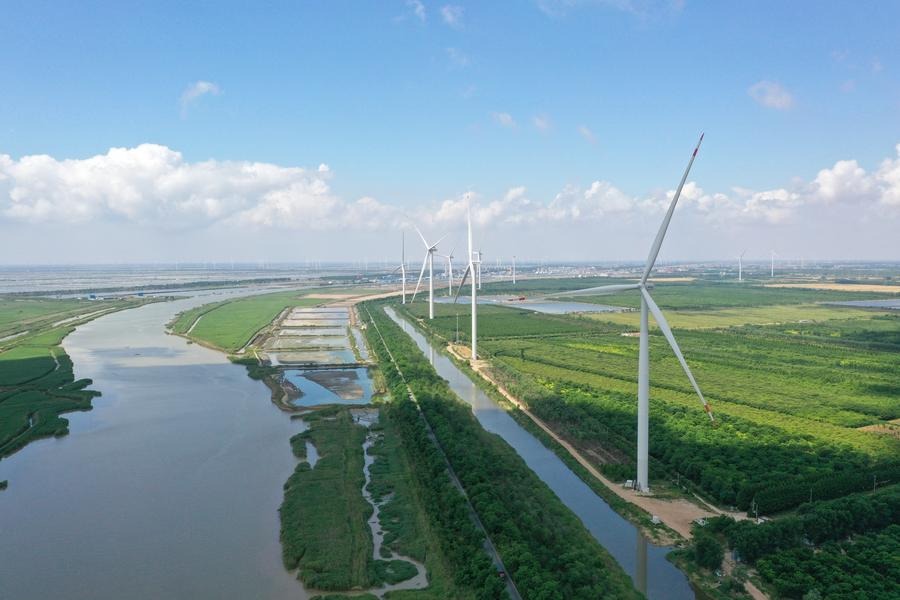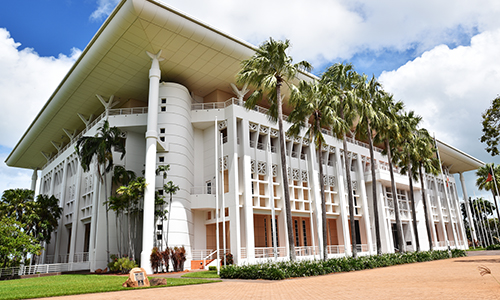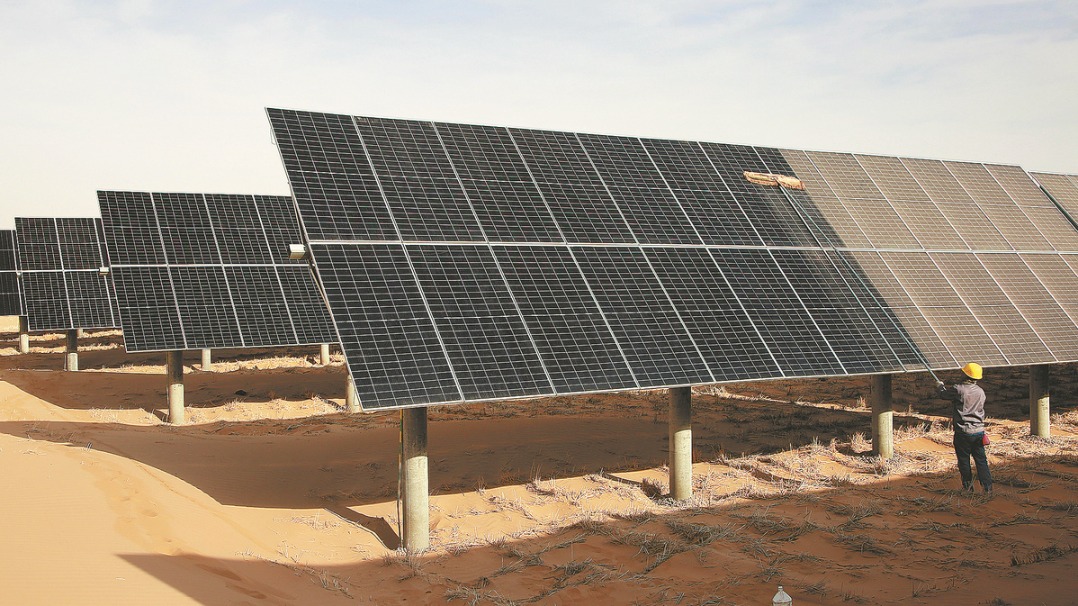Ministry of Industry Targets Emissions Reductions in Key Sectors
China’s Ministry of Industry and Information Technology is fast-tracking efforts to modernize 27 key industrial sectors as part of the nation’s low-carbon strategy. The recently unveiled guidelines aim to upgrade equipment, boost automation, and strengthen the use of digital tools in research and development, positioning China for continued modernization while adhering to its carbon reduction goals.
Emissions Limits and Industry Upgrades
By 2027, the ministry has set the ambitious target of upgrading over 80% of the domestic steel production capacity to ultralow emissions standards. The guidelines also introduce emission limits for the construction and automobile sectors, among others. These sectors are expected to play a crucial role in reducing the country’s overall emissions while improving energy efficiency.
Supporting Clean Energy and Technological Innovation
The Ministry of Finance and the National Development and Reform Commission have introduced financial incentives to support both factories and consumers in trading outdated equipment for more energy-efficient alternatives. The policies also extend subsidies for those purchasing new energy-saving devices, facilitating the transition to a low-carbon economy.
Another critical component of the plan involves increasing the usage rate of digital research and development (R&D) tools in industrial machinery to over 90%. This step is expected to significantly enhance innovation and improve the efficiency of manufacturing processes.
Economic and Social Challenges
While the move toward low-carbon industrialization is vital for sustainability, it comes with its own set of challenges. Upgrading equipment and implementing new technology will require substantial financial and labor investments. Moreover, a significant portion of the workforce will need to acquire new skills to operate and maintain advanced technologies, adding a layer of complexity to the transition.
Conclusion
China’s efforts to cut emissions, ensure the security of its industrial supply chains, and encourage international trade represent a bold step toward a more sustainable future. By 2027, the country’s key industrial sectors will be more aligned with global low-carbon goals, creating opportunities for growth and collaboration while addressing the financial and social costs associated with modernization.
Source: chinadaily.com.cn





